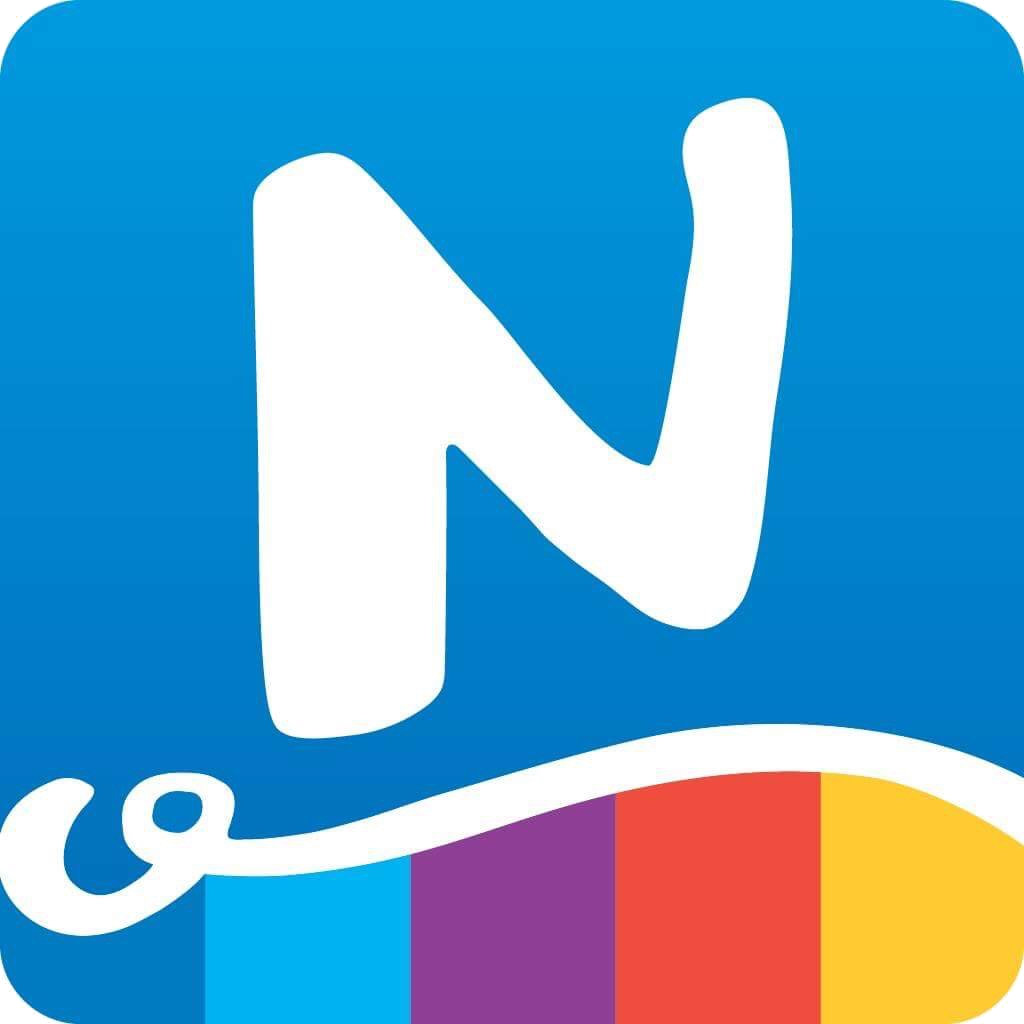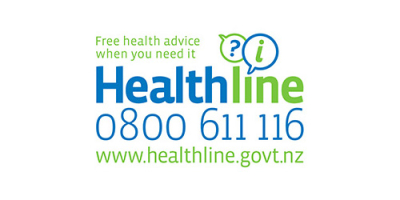TrendCare turns ED nurses’ hard work into data for change
Nurses in Nelson Hospital's Emergency Department have been championing TrendCare’s use in ED to measure their workload and quantify their staffing needs.
Kerri Shaw, Nurse Manager for Informatics and Care Capacity Demand Management, has been leading the project and is enthusiastic about TrendCare's potential for improving staff levels to optimise patient care delivery.
TrendCare is a programme under the CCDM umbrella which attaches minutes to the various elements of patient care.
"The data will do the talking for you,” Kerri says. “Just now, I was able to tell the staff what their shift was like without them saying anything to me.”
"I can drill into a couple of shifts and look at the volume of patients that came through. I can make a judgement call on the bed block situation. I can make judgment calls on whether or not there was enough staff based on data coming through.
"That picture is there forever now. It’s a bit like, if I tell you I’m busy, you hear me. You might remember tomorrow that I was busy yesterday. But that memory will fade, and next week, it’s: 'which day was it you were busy?'
"Those words get lost. What the data does is translate that experience into something that not just a clinician or a nurse can understand."
‘Not a clinician or a nurse’ means the CCDM council who consider the data that results from the calculations and makes recommendations for FTE each year.
Kerri acknowledges that during a very busy shift, capturing this information might not be top of mind, but of course, these busy shifts are the most important ones to capture.

RNs and TrendCare Champions Tracey Kelly, Rose Rennie, Kerri Shaw, Erika Westley, Mel Neve pictured with TrendCare on the screen
“It’s click, click, click and finish,” Kerri says. “Ideally it’s done throughout the shift but should never get in the way of clinical care. It can take just seconds to do.”
When a patient is admitted, they “land on TrendCare via SIPICS, and then when the nurses have done the care, they click on the indicators that are relative for the needs of that particular patient,” Kerri explains. Each indicator is weighted differently and ultimately can paint a picture of the care the patient needed compared with the time and workforce that was available.
TrendCare Champions thrilled with warm reception
“I think people really like having the visualisation,” says Erika Westley, one of the four RNs who took on super-user training to become a TrendCare champion. “It gives us a bit of the ‘my hard work is being recognised’ feeling.”
Kerri, Erika, and the other TrendCare champions, Mel Neve, Rose Rennie, and Tracey Kelly, are grateful for the ‘fabulous response’ from the nurses, as well as for the team’s commitment to entering the data accurately, as accurate and complete TrendCare data is the single most important thing nurses can do for right staffing.
“I want to acknowledge the effort of the whole team in embracing TrendCare, even as they are very busy,” says Mel.
Though the question of available new staff remains amid nation-wide staffing shortages, Kerri says the important thing, and the thing that is within their control, is to produce good quality data.
“It might seem like this tracking is not immediately changing the nursing workforce under patient care delivery, but if we don’t know the magnitude of the problem then we’ll never get to a place of being able to fix it.”
“If the nursing staff can produce high quality data, my experience has been that the CCDM council approves the outcome of the calculations. The key message is 'give us clean data' and so far it has been acted upon. Everyone wants to get nursing levels right.”
Getting the levels right requires a considered, data-backed approach
“It’s about having the right resources at the right time because every dollar you spend cannot be spent somewhere else. Health resources are limited and it is a competitive field in terms of everybody needs more. You’ve got to make hard decisions on where the health dollar gets spent, and this gets the nurses’ voice heard.”
Kerri has seen the effect of nurses' voices heard through data in other departments. For example, MAPU is one department where FTE was increased in part because of the story TrendCare told. The data is one more piece of evidence.
Nelson and Wairau Hospitals are among the first in the country to use TrendCare in ED
“Not many Emergency Departments though out New Zealand are using TrendCare yet,” Kerri says, making Nelson Hospital one of the first. Wairau Hospital welcomed TrendCare to the ED recently.
The project has faced some delays due to COVID and technical challenges, but Kerri says that “it’s come at the right time for the department and for all those in the background who have had to do the hard work.”
Kerri and the ED nursing team are grateful to Analyst/Programmer Lynton McLay, who ensured the systems ‘spoke’ to one another, and to Patient Administration Systems Analyst Kim McFadyen: “They have been absolutely amazing with the work they have done to get us to a place of being able to introduce the programme into ED.”
"My team member Nikki Taylor, CCDM-patient acuity support, was crucial in the lead up to the roll out."
Of her work, Kerri says, “it’s an unusual sort of job for a nurse to get into. You don’t do any patient care whatsoever, but what you’re doing is trying to change the world for those who do deliver patient care. The value is overarching.”





